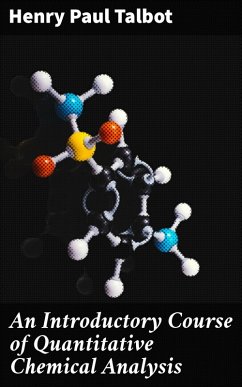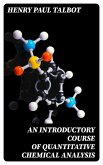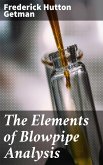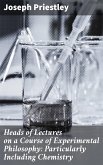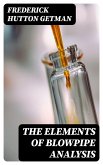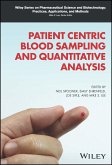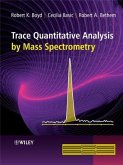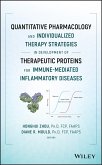In "An Introductory Course of Quantitative Chemical Analysis," Henry Paul Talbot provides a comprehensive foundation in the principles of quantitative analytical chemistry. The text is characterized by its methodical approach and clarity, utilizing a blend of theoretical exposition and practical applications that caters to both novices and experienced practitioners. Rich with illustrative examples, the book navigates complex topics such as statistical methods, error analysis, and various analytical techniques, situating them within the broader context of chemical education in the early 20th century. Henry Paul Talbot, a noted chemist and educator, was deeply influenced by the scientific advancements of his time. His academic background and hands-on experience in laboratory settings equipped him to craft a didactic yet engaging text, reflecting a commitment to enhancing students'Äô understanding of quantitative analysis. Talbot's work embodies his belief that a strong analytical foundation is crucial within the ever-evolving landscape of chemistry, which was rapidly advancing during his career. This book is an invaluable resource for students, educators, and practicing chemists seeking a solid grounding in quantitative methods. Talbot's rigorous yet accessible writing style not only fosters comprehension but also inspires a deeper appreciation for the discipline. I highly recommend this text for anyone looking to elevate their chemical analytical skills.
Dieser Download kann aus rechtlichen Gründen nur mit Rechnungsadresse in A, B, BG, CY, CZ, D, DK, EW, E, FIN, F, GR, H, IRL, I, LT, L, LR, M, NL, PL, P, R, S, SLO, SK ausgeliefert werden.

